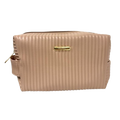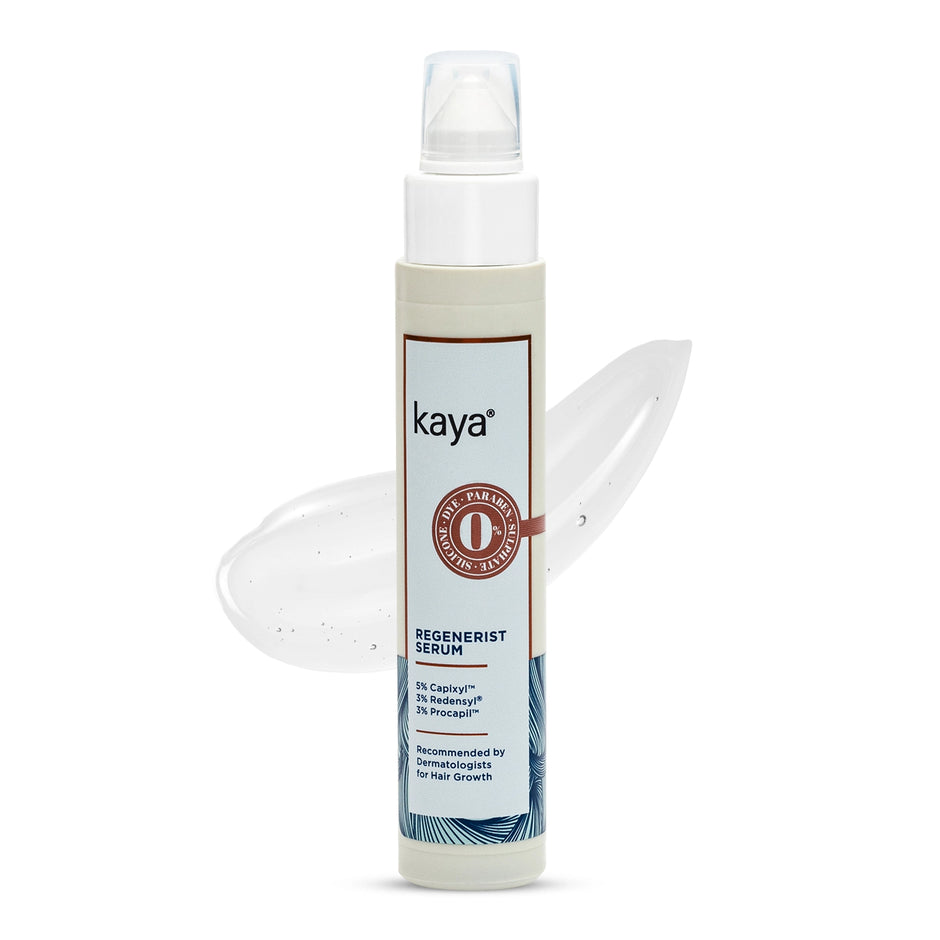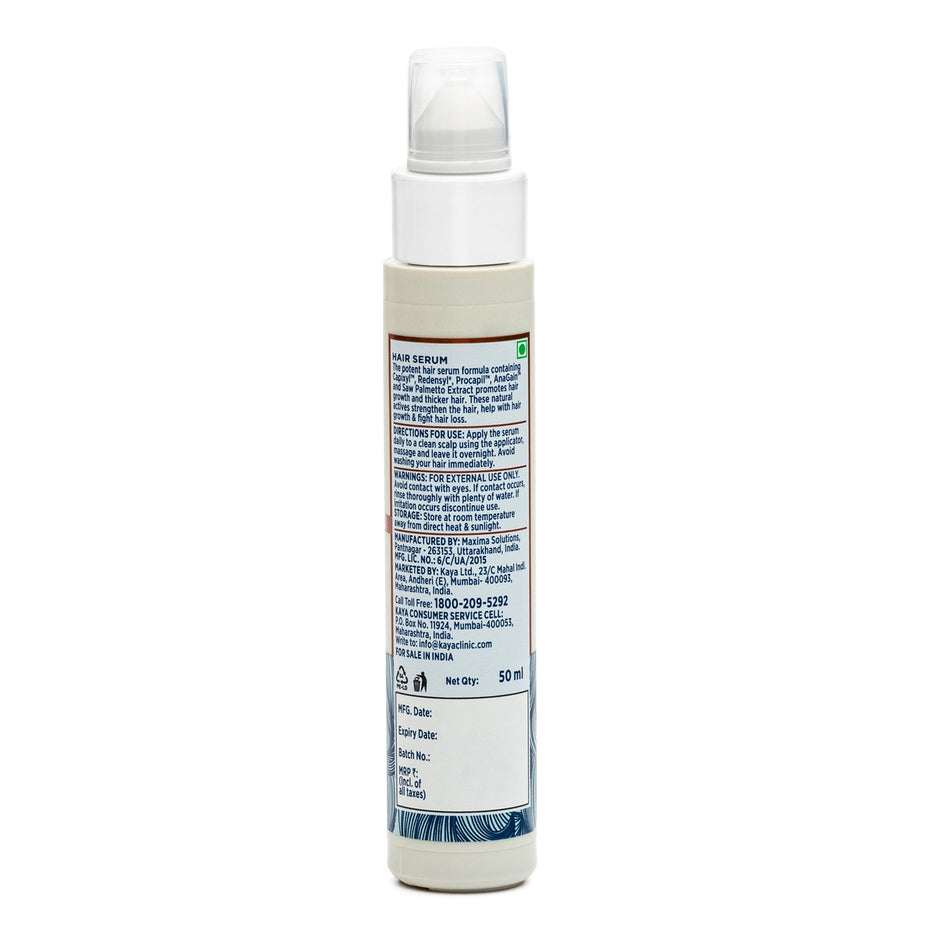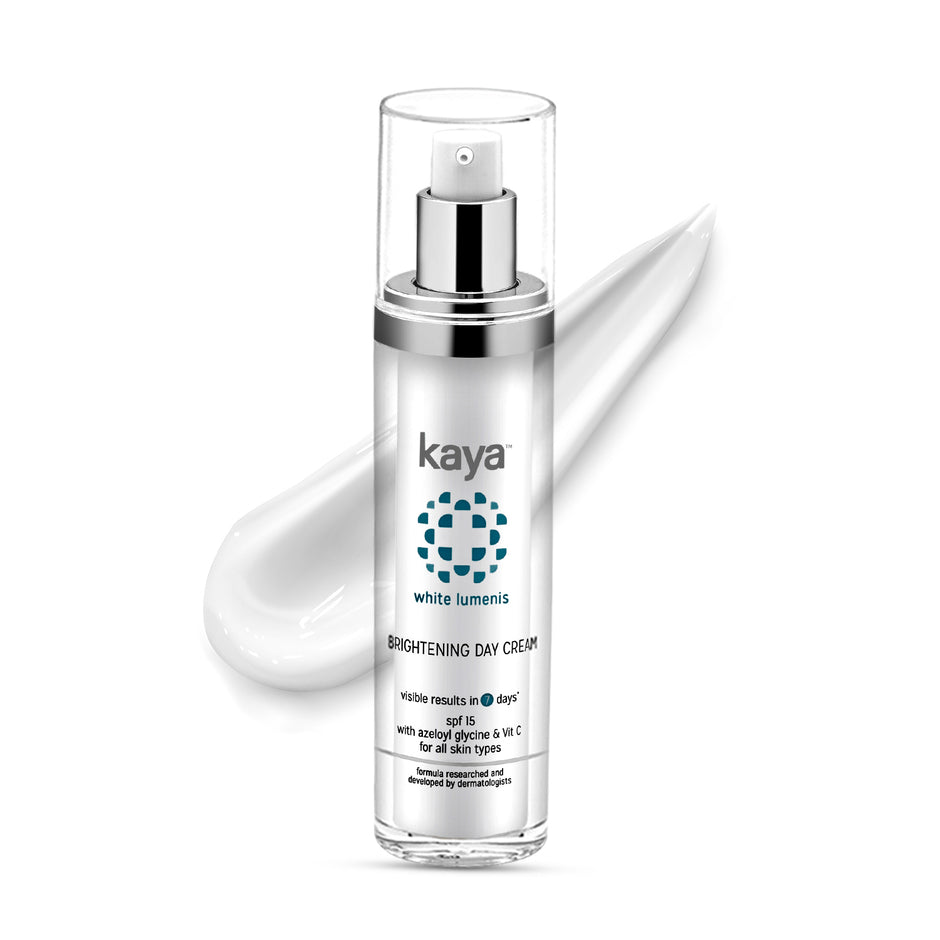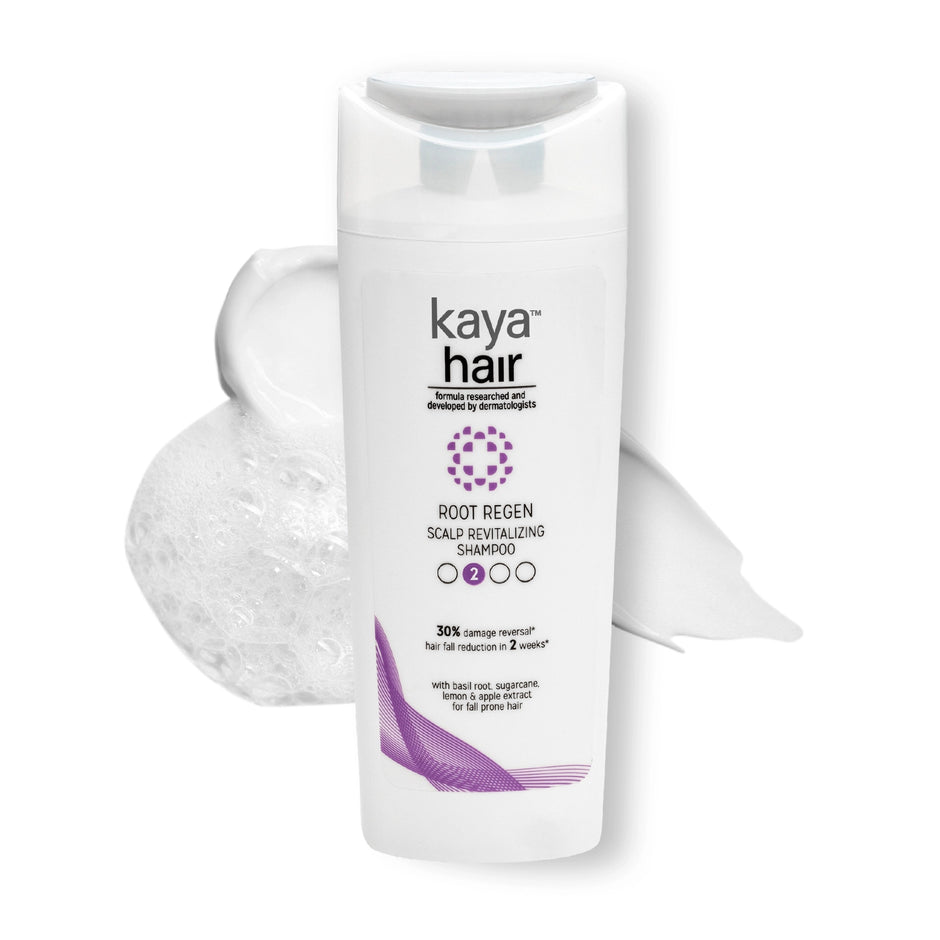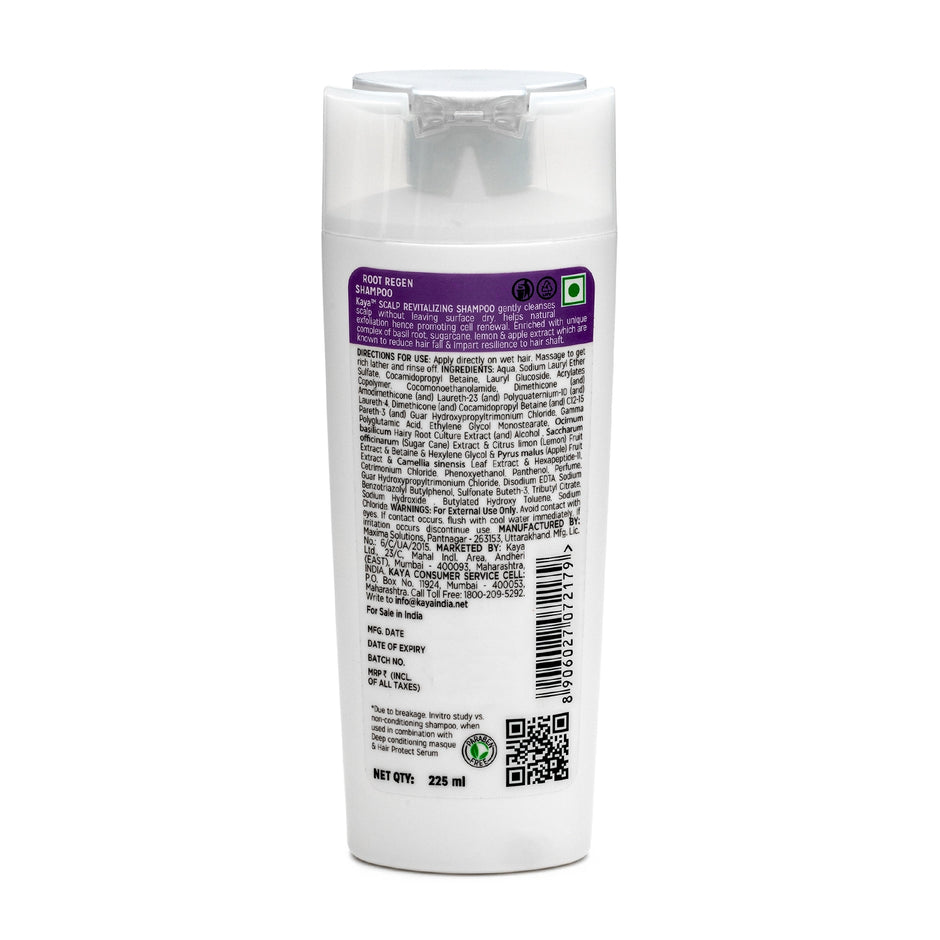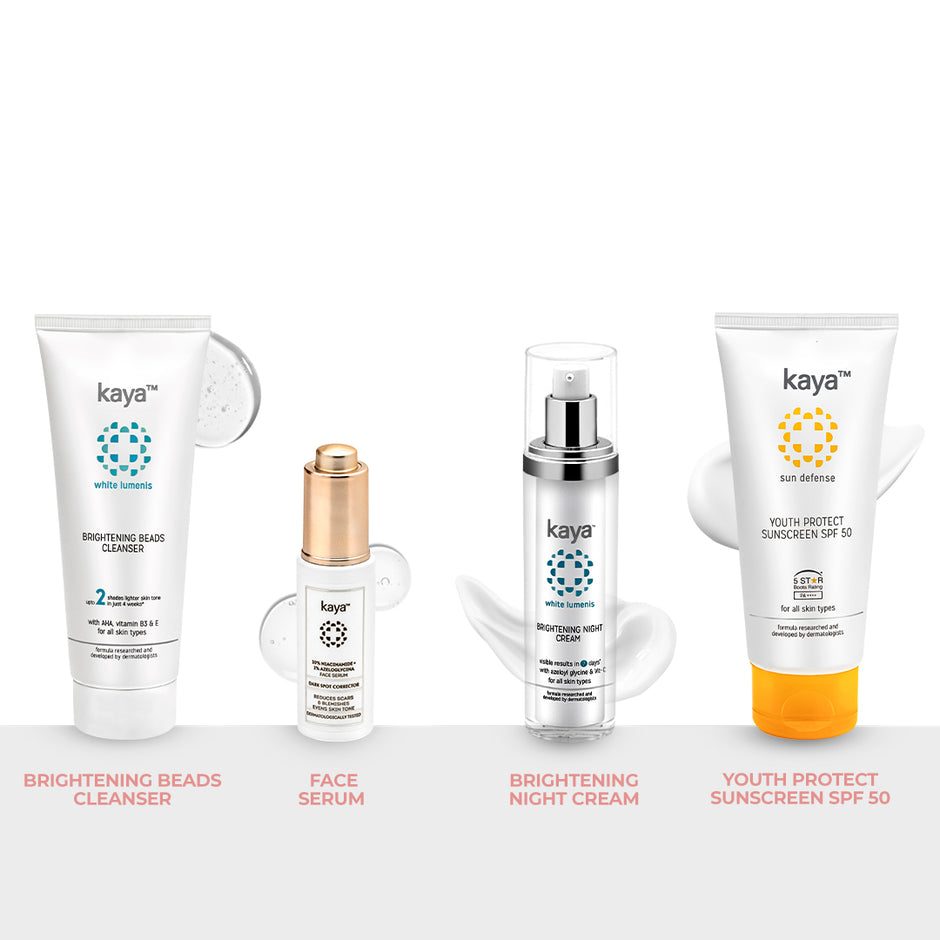Understanding Hyperpigmentation: Causes and Effects
What is Hyperpigmentation?
Hyperpigmentation is a common skin condition where excess melanin causes dark spots or patches. It can appear as sunspots, melasma, post-inflammatory marks, or age spots.
Common Causes of Hyperpigmentation
Hyperpigmentation occurs when excess melanin production leads to dark spots or patches on the skin. Several factors contribute to this, including:
-
Sun Exposure (Sunspots): UV rays trigger melanin production, leading to dark patches, commonly known as sunspots or solar lentigines.
-
Hormonal Changes (Melasma): Fluctuations in hormones, often caused by pregnancy or birth control, result in brown or grayish patches, typically appearing on the forehead, cheeks, and upper lip.
-
Post-Inflammatory Hyperpigmentation (PIH): Acne, injuries, or skin irritation can leave behind stubborn dark marks, which are more prominent in individuals with deeper skin tones.
-
Aging (Age Spots): Over time, cumulative sun damage and slower skin regeneration result in flat, brown pigmentation, often seen on the hands and face.
By identifying the cause of your hyperpigmentation, you can choose targeted products for hyperpigmentation to fade dark spots effectively.
Why Use Hyperpigmentation Products?
While hyperpigmentation isn’t harmful, it affects skin tone and confidence. Skincare products for hyperpigmentation on the face helps lighten dark spots, even out skin tone, and prevent new pigmentation from forming.
How Hyperpigmentation Affects Different Skin Types
Hyperpigmentation doesn’t appear the same on all skin types. Understanding these differences helps in choosing the right treatment:
-
Oily Skin: Prone to post-inflammatory hyperpigmentation (PIH) from acne, leading to dark marks that linger longer due to excess sebum and clogged pores.
-
Dry Skin: Often experiences patchy, uneven pigmentation because a weakened skin barrier slows down cell turnover, making dark spots more noticeable.
-
Sensitive Skin: Hyperpigmentation can be triggered by inflammation from irritation, allergies, or harsh products, making it tricky to treat without causing further sensitivity.
-
Combination Skin: May see pigmentation in different patterns—darker marks on oilier areas (like the T-zone, where acne is common) and uneven tone on drier areas due to slower skin renewal.
Since skin types react uniquely, the most effective products for hyperpigmentation are those that suit your specific skin type, resulting in faster and better results.
Tips for Choosing the Best Products for Hyperpigmentation
Not all hyperpigmentation treatments work the same. The key is choosing products with clinically backed ingredients that regulate melanin production, brighten dark spots, and prevent future pigmentation. Look for lightweight serums for deeper penetration and nourishing creams to repair and protect the skin barrier.
Key Ingredients to Look For
Niacinamide – A multitasker that controls melanin transfer, reduces inflammation, and strengthens the skin barrier, making it ideal for all skin types.
Azeloglycine (Azeloyl Glycine) – A gentle but effective derivative of azelaic acid that helps fade post-acne marks and controls oil production.
Vitamin C – A potent antioxidant that brightens the skin, reduces dark spots, and protects against sun damage.
Buy Kaya Science’s Vitamin C-infused Brightening Day Cream that provides luminous and radiant skin within 7 days.
Ferulic Acid – Enhances the effectiveness of Vitamin C, making it more stable and powerful for fading hyperpigmentation.
Glutathione – A powerful skin-brightening agent that inhibits melanin production for a more radiant, even-toned complexion.
Alpha Arbutin – A safe and effective skin brightener that gradually lightens hyperpigmentation without irritation.
Must try Gluta Glow Face Serum : A hyperpigmentation-reducing serum powered by Glutathione and Alpha Arbutin for a glowing complexion.
Azelaic Acid – Helps reduce acne-related pigmentation, evens out skin tone, and has anti-inflammatory benefits.
Try our Pigmentation Reducing Complex formulated to target stubborn dark spots, pigmentation, and uneven skin tone.
How to Use Hyperpigmentation Products Effectively
Using the best products for hyperpigmentation isn’t just about applying them—it’s about using them in the right order, at the right time, and in the right way.
Follow this dermatologist-approved routine for optimal results:
1. Cleanse Your Skin Properly
Start with a gentle, pH-balanced face wash to remove dirt, excess oil, and makeup. This preps your skin for better absorption of active ingredients.
Pro Tip: If you have oily or acne-prone skin, choose a mild foaming cleanser to prevent clogged pores. For dry skin, opt for a hydrating cream cleanser.
2. Apply a Hydrating Toner (Optional but Recommended)
A toner helps restore your skin’s pH balance and improves the penetration of serums. Look for a hydrating toner with niacinamide to support skin barrier function.
3. Use Targeted Serums for Hyperpigmentation
Serums contain concentrated active ingredients that penetrate deep into the skin to target dark spots. Apply 2–3 drops of a serum and gently press it into your skin.
Best Serums for Hyperpigmentation:
Morning:
-
Vitamin C + Ferulic Acid Serum → Brightens skin, reduces dark spots, and protects against sun damage.
-
Alpha Arbutin Serum → Inhibits melanin production, preventing new pigmentation from forming.
Night:
Pro Tip: Wait 30–60 seconds after applying serums to let them absorb before layering other products.
4. Lock in Moisture with a Nourishing Cream
After serums, use a hydrating moisturizer to keep your skin barrier healthy. Choose a formula that complements your serums.
5. Sunscreen – The Most Important Step! (AM Routine)
If you skip sunscreen, all your efforts go to waste! UV rays can worsen dark spots, so apply a broad-spectrum SPF 50+ sunscreen every morning, even indoors.
Pro Tip: Reapply every 2–3 hours if you're outdoors.
6. Be Patient & Consistent
Hyperpigmentation doesn’t fade overnight. With consistent use for 4–8 weeks, you should start noticing visible results. Stick to your routine and avoid harsh scrubs or over-exfoliation, which can worsen pigmentation.
Do’s and Don’ts of Hyperpigmentation Treatment
Do:
· Apply sunscreen daily to prevent pigmentation from worsening.
· Be patient; hyperpigmentation treatments take time.
· Use dermatologist-recommended serums and creams for optimal results.
Don’t:
· Over-exfoliate, as it can cause irritation and worsen dark spots.
· Skip moisturizer, even if you have oily skin.
· Expect overnight results; consistency is key.
Recommended Products for Hyperpigmentation from Kaya Science
Achieve radiant, even-toned skin with our expert formulations:
|
Product Name
|
Key Benefits
|
|
Brightening Day Cream
|
Brightens skin in 7 days while providing SPF 15 UV protection. Packed with antioxidants, it evens out skin tone and enhances texture.
|
|
Brightening Serum - Dark Spot Corrector
|
Reduces dark spots and pigmentation, improving overall skin tone and clarity. Enhances radiance and glow for a more even complexion.
|
|
Pigmentation Reducing Complex
|
Fades discoloration and boosts skin brightness. Helps prevent future pigmentation by controlling melanin production.
|
|
Luminous Skin Brightening Combo
|
A complete hyperpigmentation regimen: Cleanser removes impurities, Serum targets dark spots, Day Cream brightens, and Night Cream repairs overnight for a radiant complexion.
|
FAQs About Hyperpigmentation Products
Can hyperpigmentation be cured permanently?
With consistent use of the best products for hyperpigmentation, dark spots can significantly fade. However, maintenance with sunscreen and antioxidants is key.
Are serums or creams better for hyperpigmentation?
Serums with niacinamide, alpha arbutin, and Azeloyl glycine penetrate deeper and work faster, while creams provide long-term hydration and repair.
Does sunscreen help reduce hyperpigmentation?
Absolutely! A broad-spectrum sunscreen (SPF 50+) prevents UV rays from triggering new pigmentation and worsening existing spots.
Is hyperpigmentation linked to acne?
Yes, post-inflammatory hyperpigmentation (PIH) occurs when acne heals, leaving dark marks. Using niacinamide and Azeloyl glycine helps fade these scars



